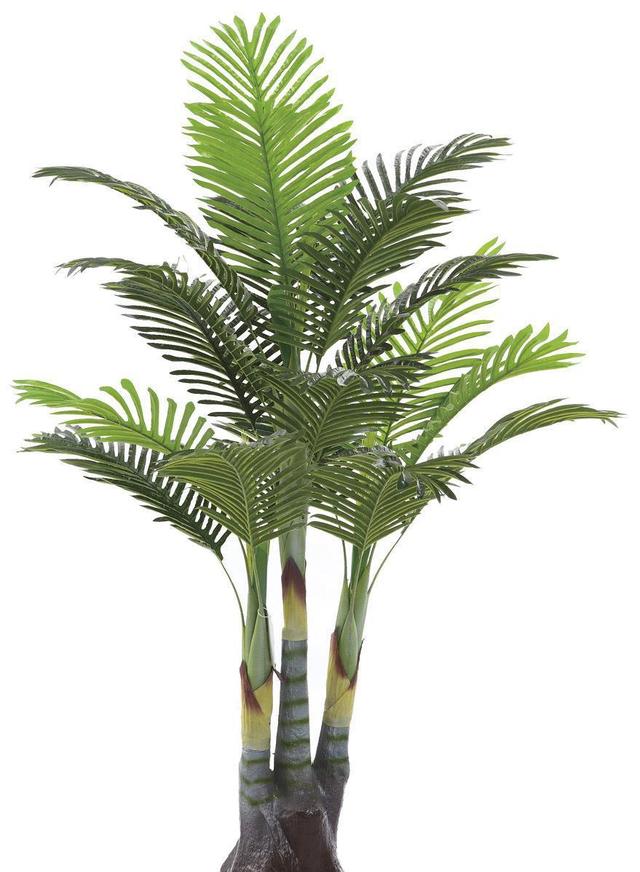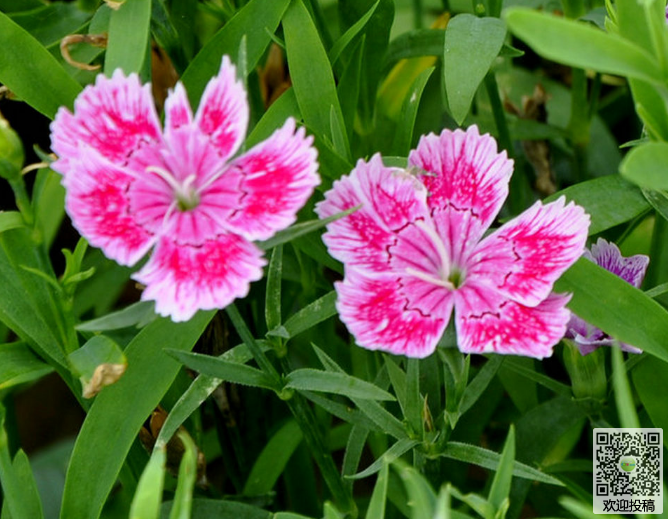What is the grass next to the bonsai?
Have you ever played bonsai? can you play bonsai with grass? Unexpected beauty!
Bonsai consists of plants, rocks, soil, water and so on. After artistic creation and horticultural cultivation, the natural beautiful scenery is formed and concentrated in the basin, shrinking the ground, looking at the small and medium-sized artistic effect is realized. Jing Yuhuai is a far-reaching artistic concept, just like a three-dimensional beautiful miniature landscape.

The common bonsai are mainly trees and flowers. But have you ever thought about the surprise of using turf as the main material? Let's take a look at a set of grass bonsai.
Looking at the beautiful grass bonsai above, do you have any impulse to dig grass in the wild?
How to make Ruixiang bonsai, with flowers and plants, looks great!
Ruixiang is a kind of bush. The leaves are evergreen and the branches wander. The overall posture is soft. Ruixiang's flowers are bright, white, yellow, purple, pink, red and so on. The flowers are very strong. Ruixiang bonsai is very popular because of its high ornamental quality. Let's learn how to make it.
The first is to select and cultivate Ruixiang seedlings. Embossing or separation can be used to spread the fragrance. On the growing Ruixiang tree, select the branches with better shape and hatch the branches by inserting or squeezing them. After they are rooted, they can be transplanted into a basin for culture. Insertion and removal usually take place from March to June, and beads from May to June.
If the saplings are well cultivated, they can be placed on the basin. It is better to use the pot chosen by the purple sand pot for Ruixiang bonsai, and the basin used should be slightly deep and round. The soil used is better to choose sandy soil, the soil needs to be fat and should be drained. Attention should be paid to the time of the upstream basin. It's better to do it in April. During this period, the survival rate is relatively high. It can also be done in autumn, but pay more attention to the soil when transplanting in autumn.
After the basin, you need to create fragrant bonsai. The shape of natural trees growing naturally is the most suitable. It looks natural and beautiful. For unwanted parts, it can be formed by binding lines, but it must be noted that when the branches grow to the ideal shape, the lines should be removed in time to prevent imprinting and affect the overall image. Ligature is better completed during dormancy.
In order to get the desired shape, in addition to knotting, it is also necessary to trim branches, mainly in order to cut off some branches that affect the shape or cut them to maintain the shape of the tree. After flowering, you need to cut the flower branches so that you can produce more branches and make the tree look fuller, and you can have more flowers in the coming year.
The maintenance of Ruixiang bonsai is also very simple, usually in a semi-overcast ventilated place. Because it is not resistant to moisture, the water is not too difficult, and the soil dries better, but it should not dry the soil for too long, especially when the buds begin in autumn. Due to the high temperature in summer, it is better to pour water in the morning and evening. You don't need to be very diligent in fertilizing. It can be used about twice in spring. In summer, it is not fertilized. It is enough to apply base fertilizer in winter, but make sure it is enough.
Pay attention to the application of phosphate fertilizer before bud and flowering. Ruixiang bonsai is generally free of diseases and insect pests. If found, spray liquid in time. Turning basins need to be turned every 2 years, usually after flowering. Cut off too long roots when turning the pan, but don't trim too many roots.
Time: 2019-05-14 Click:
- Prev

Pictures of how to reproduce sunflower
How to lift the tail of a sunflower and teach you some skills to improve its tail! Sunflower is a kind of plant raised by many people. Its plant type is relatively large. Saplings are usually used for interior decoration. Many people will grow up in the living room and can be used as ornamental flowers and ornaments. Influence. However,
- Next

How to maintain the carnation before and after flowering
The species of carnation is low, the stem is similar to bamboo, the leaves are green, the natural flowering period is from May to September, from spring to Mid-Autumn Festival, greenhouse potted plants can blossom for four seasons, very beautiful, but many people are different from how to keep it blooming before and after flowering, and then take the maintenance method before and after flowering. The fresh-keeping method of carnation 1. Moisturizing
Related
- Fuxing push coffee new agricultural production and marketing class: lack of small-scale processing plants
- Jujube rice field leisure farm deep ploughing Yilan for five years to create a space for organic food and play
- Nongyu Farm-A trial of organic papaya for brave women with advanced technology
- Four points for attention in the prevention and control of diseases and insect pests of edible fungi
- How to add nutrient solution to Edible Fungi
- Is there any good way to control edible fungus mites?
- Open Inoculation Technology of Edible Fungi
- Is there any clever way to use fertilizer for edible fungus in winter?
- What agents are used to kill the pathogens of edible fungi in the mushroom shed?
- Rapid drying of Edible Fungi

